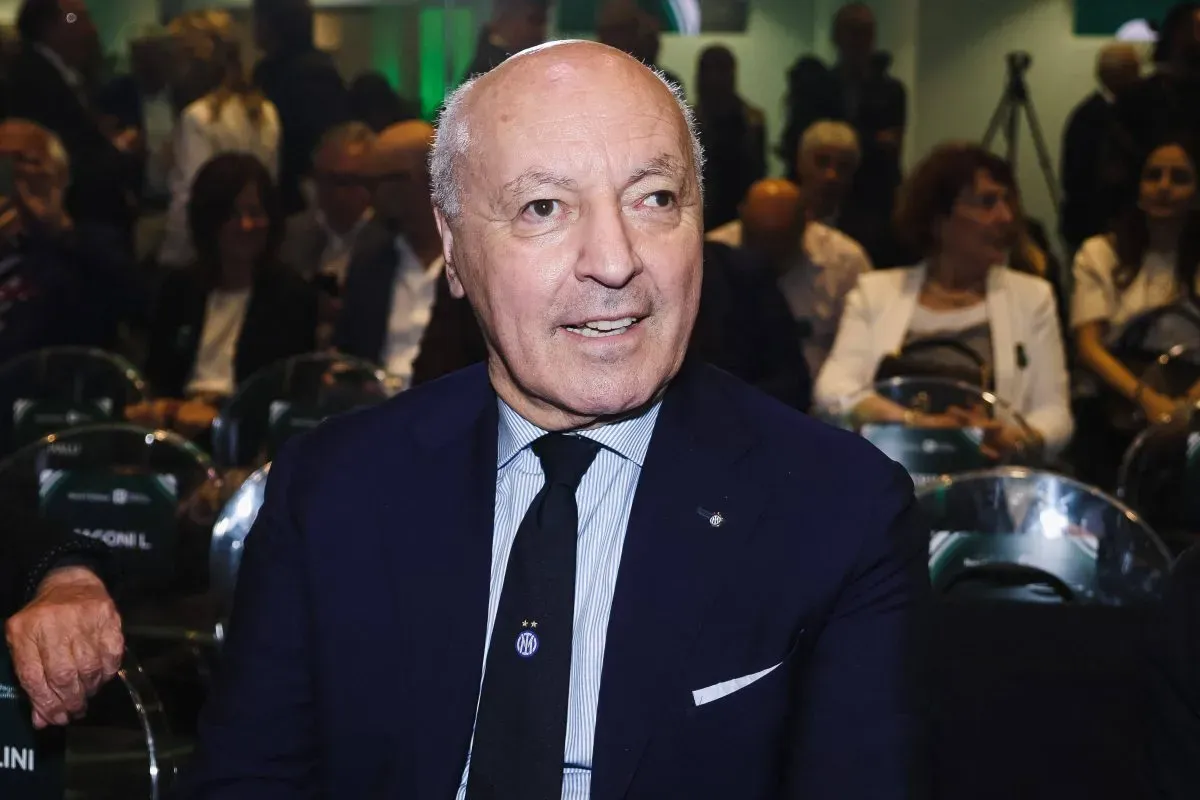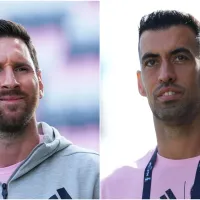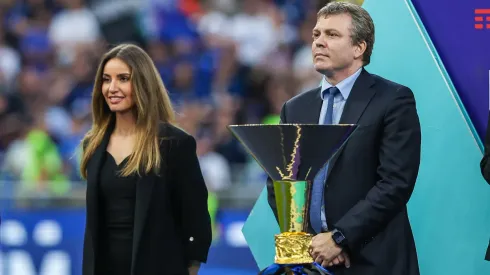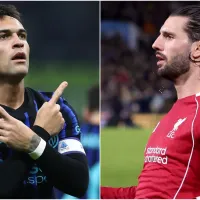In recent years, the landscape of Serie A has undergone significant transformation down to US owners.
It has been driven by an influx of foreign ownership and a strategic reliance on experienced Italian directors.
Serie A president Lorenzo Casini recently articulated this evolution, highlighting how clubs like Inter and Milan spearhead a new hybrid model. According to him, it could represent the future of the league.
The upcoming Italy top-flight season will feature three more clubs—Como, Parma, and Venezia—joining the ranks of those with foreign owners. With American and Indonesian investors at the helm, these clubs exemplify the increasing trend of international investment in Italian soccer.
This phenomenon is not just about financial muscle; it is also about integrating diverse perspectives and management styles into the fabric of Serie A.
Rise and benefits of American owners
A prime example of this hybrid model is Inter, who have recently transitioned to American ownership through the Oaktree fund. This change came after the previous owners, Chinese Suning, defaulted on a hefty loan of almost $416 million.
Despite the change in ownership, Inter maintained stability and continuity by retaining its seasoned directorial team, including Giuseppe Marotta and Piero Ausilio. This blend of foreign financial backing and Italian managerial expertise has positioned Inter as a trailblazer in this new era.

Beppe Marotta has been promoted into a position of total control by Inter’s new US owners
During the Festival della Serie A in Parma, Lega CEO Lorenzo Casini emphasized the benefits of this hybrid model. “Foreign ownership in Italian football is a phenomenon that is growing in recent years”, Casini noted. “Variety and diversity are precious and bring advantages to Serie A. The foreign owners are then relying on Italian directors, which creates a hybrid model that brings success.”
Success on European stage
The impact of this model extends beyond domestic achievements to notable successes on the European stage.
Italian clubs have made significant strides, earning a fifth place in the UEFA Champions League. In addition, Atalanta have won the Europa League and Fiorentina reached the Conference League final for two consecutive years.
Casini underscored the importance of these achievements, stating, “We hope that Italian teams can continue to do well in Europe because winning trophies gives an immediate boost to the visibility of the league abroad.”
The hybrid model of foreign investment coupled with Italian managerial expertise is proving to be a robust framework for success. It not only ensures financial stability but also preserves the tactical and cultural heritage that Italian directors bring to the table.
As more foreign investors recognize the potential of Italian soccer, the hybrid model will likely become more prevalent. Clubs like Inter and Milan are setting a precedent, demonstrating that the fusion of international capital and local expertise can lead to sustained success.
This trend represents a new era for Serie A, where diversity in ownership and management could drive the league towards greater competitiveness and international acclaim.
The balance of foreign investment and Italian direction could be the key to unlocking the full potential of Italian soccer, ensuring its growth and prominence in the years to come.
Photo credits: IMAGO / IPA Sport : IMAGO / ABACAPRESS















